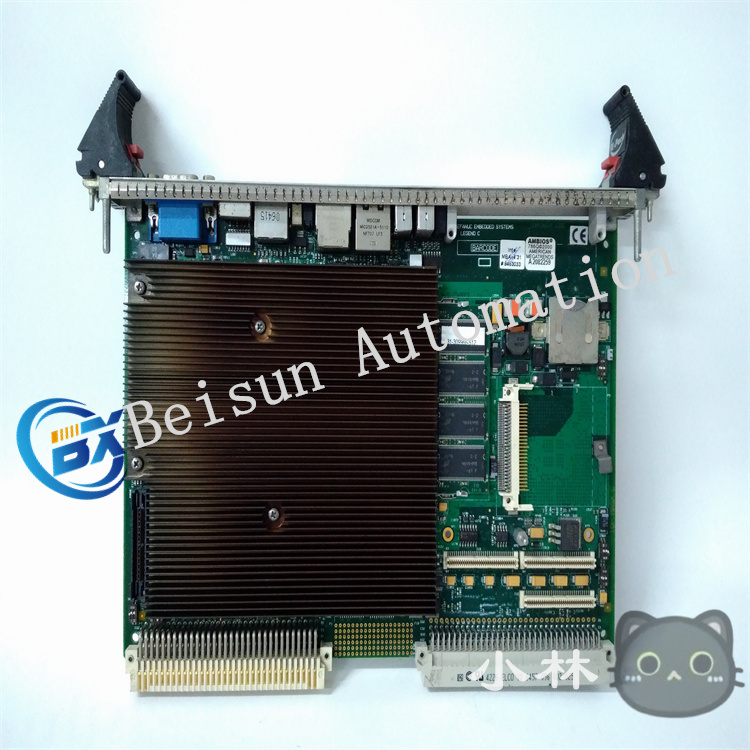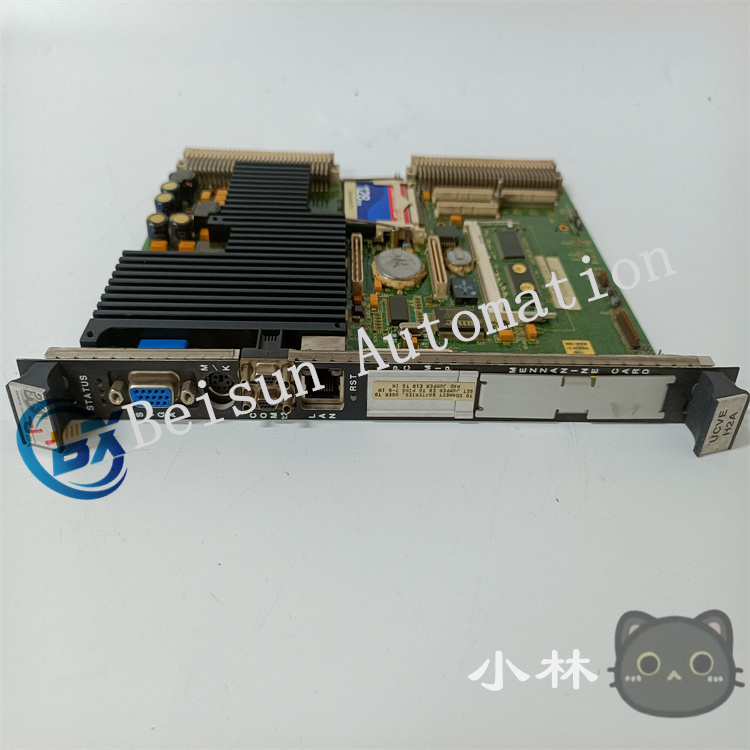Product information
Reviews
Shipping & returns
Product information
GE VMIVME-7459 Multi-function input/output module
Multiple input and output functions
Digital input and output: provides multiple digital input and output channels, which can be used to connect various digital devices, such as switches, relays, indicators, etc., to achieve digital signal acquisition and control.
Analog input and output: with analog input and output channels, it can collect analog signals, such as voltage, current, etc., and convert digital signals into analog signal output, which can be used for process control, data acquisition and other applications.
Counter/timer: Integrated counter and timer functions can be used to measure the frequency and period of pulse signals, as well as generate timing signals to meet various timing and counting needs.
High reliability
Industrial design: The use of industrial electronic components and circuit design, can work stably in harsh industrial environments, with high anti-interference ability and reliability.
Redundant design: Some models may have redundant power inputs and communication interfaces to improve the fault tolerance and reliability of the system and ensure that the system can still run normally when a component fails.

Flexible configuration mode
Software configurable: The software can flexibly configure various parameters of the module, such as input and output mode, range range, sampling frequency, etc., to adapt to different application requirements.
Hardware configurable: Some functions can be configured using hardware jumpers or dip switches to facilitate quick setting and adjustment on site.
High speed data transmission
VME bus interface: The VME bus interface has high-speed data transmission capability, and can exchange and communicate with other VME bus devices quickly, meeting the application scenarios with high real-time requirements.
Diagnostic and monitoring functions
Self-diagnosis function: The module has a self-diagnosis function, which can automatically detect its own working status. If a fault is detected, it will send an alarm signal in time, which is convenient for users to troubleshoot and maintain.
Status monitoring: It can monitor the status of the input and output channels in real time, the running status of the counter/timer, etc., and users can obtain these status information through software or external interfaces in order to monitor and manage the system in real time.






Reviews
There are no reviews yet.